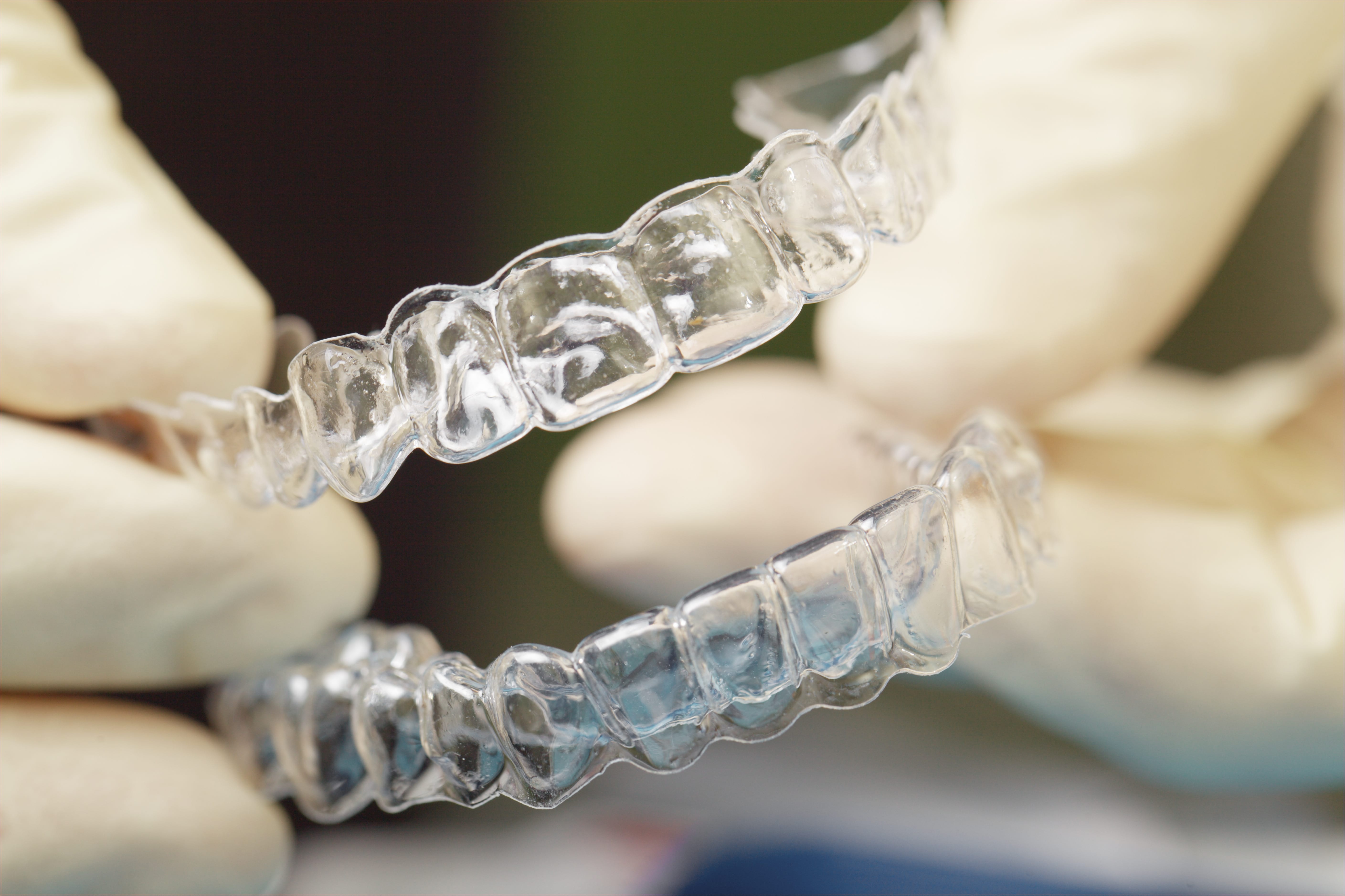Posted on January 2, 2025

Switching to a new set of aligners at the right time is key to keeping your teeth on track for a straighter smile. But how do you know when it’s time to make the switch? This guide breaks down the signs to look for, the factors that affect your change schedule, and how to avoid tracking issues that can slow your progress.
Ready to achieve your dream smile? Schedule a free consultation with Smilebliss today and let us support you every step of the way. Your straighter, healthier smile is closer than you think!
Changing your aligners as recommended keeps your teeth moving steadily. Most people switch every few weeks, depending on their orthodontist’s instructions.
Delaying your switch can slow your progress, leading to longer treatment times. Staying on schedule guarantees your teeth keep moving toward your desired smile without unnecessary setbacks.
If you’re unsure when to change aligners, watch for these signs that it might be time to switch:
Switching aligners before bedtime can make the adjustment easier. You sleep through most of the initial discomfort, waking up with your teeth already adapting to the new tray.
 Several factors determine how often you should switch aligners, including:
Several factors determine how often you should switch aligners, including:
Tracking refers to how well your teeth fit into your aligners. Misalignment can delay your progress, but catching issues early can help avoid bigger problems.
Here’s how to spot and address common tracking issues.
If you notice any of these signs, contact your orthodontist. They may recommend using “chewies,” small rubber tools that help your aligners fit better. Biting down on chewies for a few minutes daily helps your teeth settle into the aligners.
Making a smooth transition to a new set of aligners can reduce discomfort and keep your treatment on track.
Here’s how to do it right.
 Pick a day of the week to change your aligners and set a reminder. Consistency keeps your treatment on schedule and makes it easier to track your progress. Apps or calendars can help you stay on track.
Pick a day of the week to change your aligners and set a reminder. Consistency keeps your treatment on schedule and makes it easier to track your progress. Apps or calendars can help you stay on track.
Clear aligners work only if you wear them consistently. Removing them too often slows your progress and can result in poor tracking. Make it a habit to wear them as much as possible, removing them only for eating, drinking (non-water), and brushing.
Look for signs that your aligners fit properly. If you see any air gaps or experience uneven pressure, contact your orthodontist. Staying on top of fit issues prevents larger problems down the line.
Switching aligners at bedtime can reduce discomfort since most of the adjustment happens while you sleep. By the time you wake up, your teeth have already begun adapting to the new tray.
Chewies are small rubber cylinders that help aligners fit snugly. Biting on them for a few minutes daily can improve tracking and help avoid gaps between the aligner and your teeth.
Sticking to your change schedule is one of the best things you can do for your smile transformation.
Here are some tips to stay on track:
Keeping your aligner schedule on track leads to faster results and a smoother treatment experience. Pay attention to how your aligners fit, follow your change schedule, and stay connected with your orthodontist. With patience and consistency, you’ll be on your way to a straighter, healthier smile.
Ready to start your smile journey? Smilebliss Orthodontics makes the process simple and effective. Our team supports you at every step, from aligner tracking to change schedules.
Book a free consultation today and see how we can help you achieve your dream smile. Let us be part of your smile success story! Call us today!